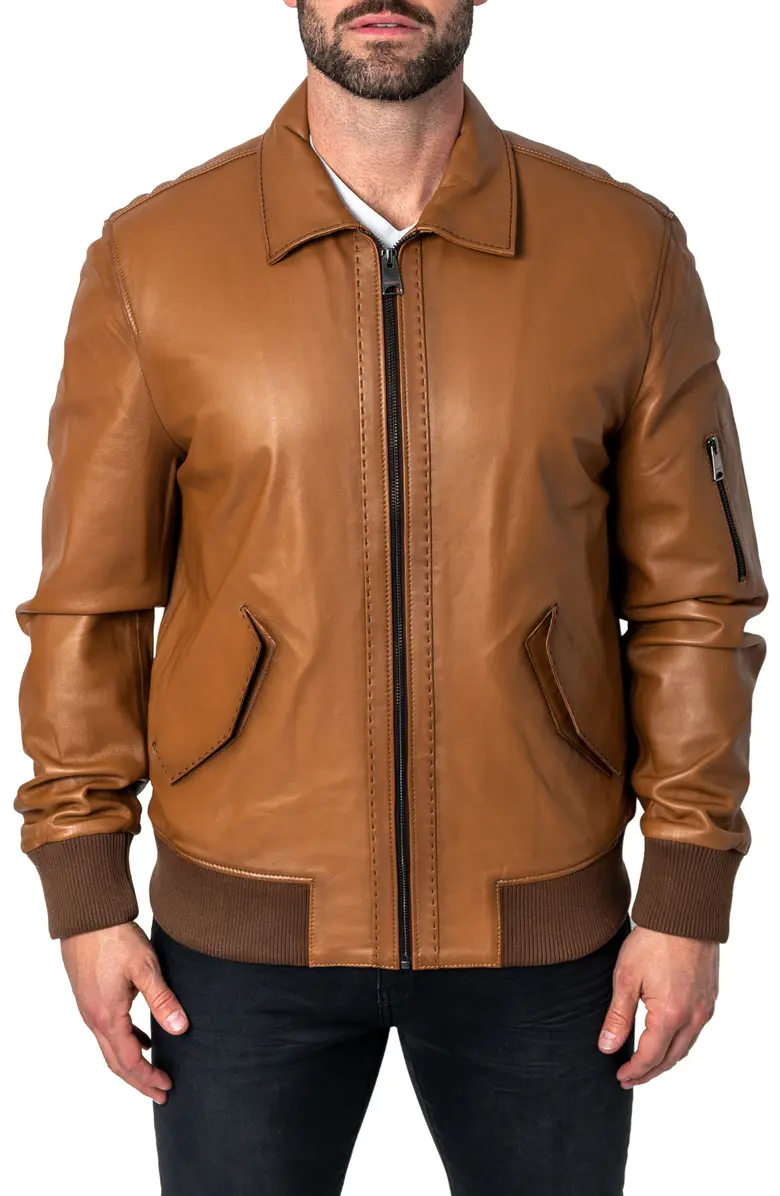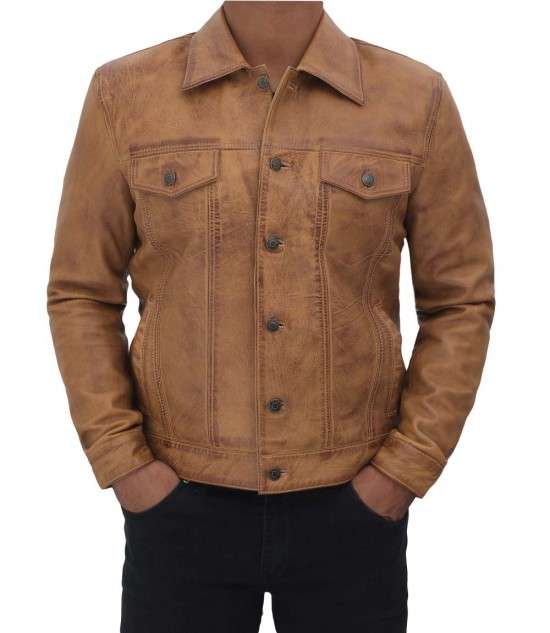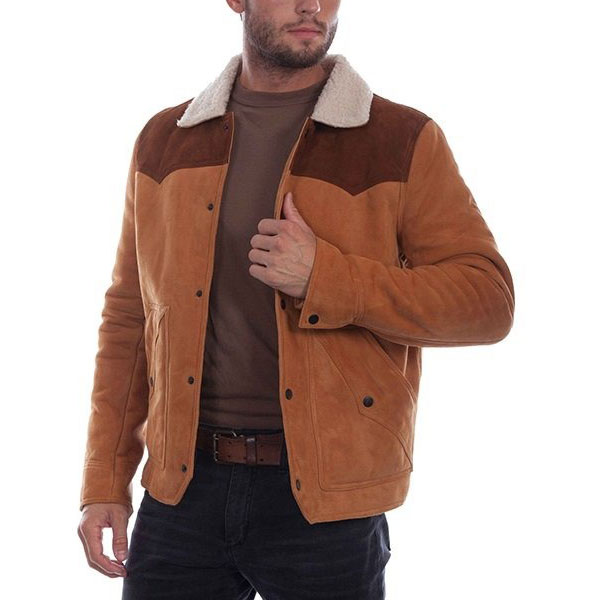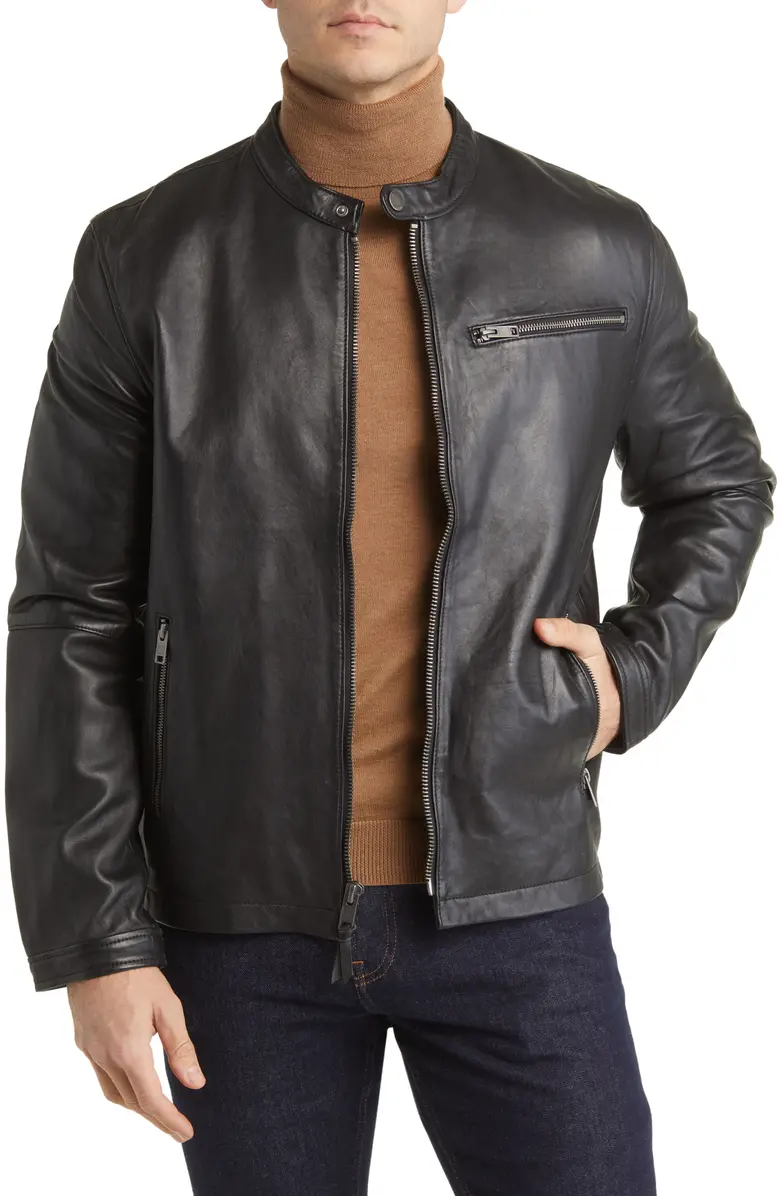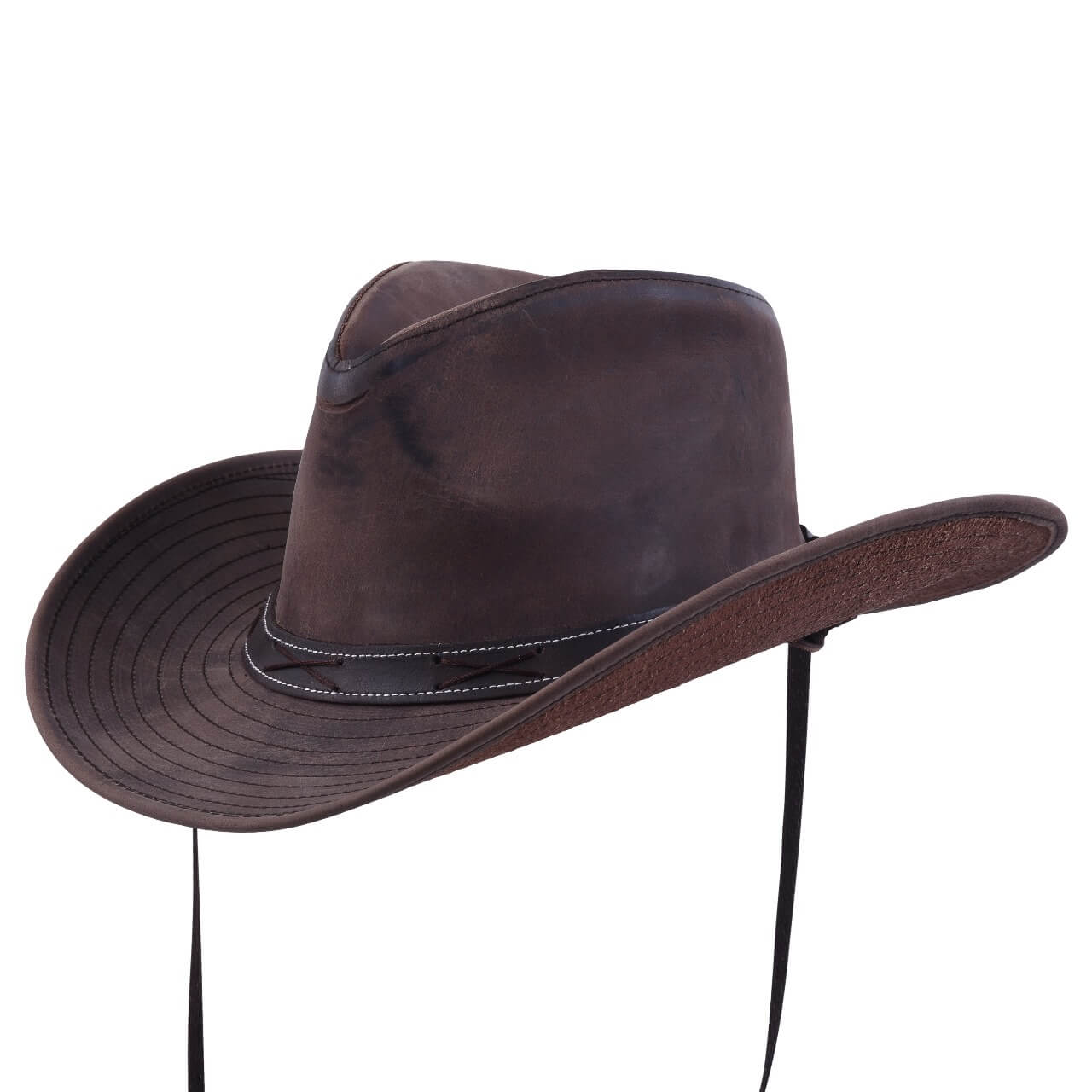The search for the ideal coat takes front stage for many as winter’s chill sets in. Among the many choices at hand, two materials—down and shearling—often stand out for their great warmth. Both have devoted following and reputation for keeping users comfortable in very cold conditions. But which one actually rules supreme in the fight against the cold? This post explores the realm of down and shearling coats in great detail, contrasting their warmth, durability, sustainability, and general performance to guide your winter wardrobe choice.
Understanding Shearling Coats
Though sometimes confused with synthetic fabrics, shearling is a naturally occurring product extracted from sheep. It is made of a dual-layer material that is both insulating and protective against a tanned skin with the wool left on. The wool side is worn against the body; the leather side faces outward and offers a sleek, modern look.
Shearling’s unusual construction helps to explain its warmth. The wool fibers naturally insulate by trapping air, so controlling body temperature. The leather outside helps the garment to be generally warmer by serving as a barrier against wind and moisture.
Understanding Down
Conversely, down is the silky, fluffy undercoating of waterfowl—usually geese or ducks. Its small weight and great insulating qualities make it coveted. Down works by trapping and holding warm air near the body in hundreds of microscopic air pockets.
Down’s usefulness is sometimes gauged by its fill power, which tells how much space one ounce of down takes. Usually between 400 and 900, higher fill power indicates better quality down with improved insulating capacity.
Comparing warmth
Regarding pure warmth, both shearling and down excel but they accomplish so in rather different ways.
Shearling’s inherent makeup lends warmth. Together with trapping air, the wool fibres wick moisture away from the body, therefore preserving a constant temperature. This moisture-wicking ability is especially helpful in varied settings since it helps prevent cooling at rest and overheating during exercise.
Conversely, down offers great warmth-to—weight ratio. With minimum bulk, a well-built down coat can offer amazing insulating power. Down’s performance may be hampered, though, in damp conditions when the feathers cluster together and lose their insulating qualities.
Sherpa leather coats usually have an advantage in terms of constant warmth across several environments. Its intrinsic water-resistance and capacity to retain insulating qualities even in damp conditions help it in wet or humid surroundings. Down, although quite warm in dry conditions, can suffer in moist regions unless water-resistant coatings are applied.
Comforts and Wearability
Choosing a winter coat also depends much on comfort. Often complimented for their soft, cosy feel against the skin are shearling coats. The leather’s inherent give and the wool’s softness produce a pleasant wearing sensation. Because shearling jackets also tend to be more breathable than their down equivalents, they can help control temperature during different kinds of activity.
Extremely light, down coats provide a different sort of comfort. They let for simplicity of movement and warmth without the weight. For outdoor activities where range of motion is crucial, they are especially sought for. Some people, meanwhile, find the crinkly sound of down coats’ outer shells to be a slight irritant.
Longevity and dependability
In terms of lifespan, shearling usually rules supremely. A sheepskin coat kept in good condition can last for decades and over time develops a deep patina. Leather’s longevity comes from the natural oils in it helping to reject dirt and moisture. To keep equipment looking and performing, nevertheless, it does need certain care including professional cleaning and conditioning.
Although usually robust, down coats might be prone to feather loss over time, particularly in cases of damaged outer shell. Their loft and insulating qualities depend on thorough cleaning as well. But a good down coat can also survive for many years with correct care.
Environmental Aspects
In the environmentally conscious society of today, our wardrobe decisions have a growing significance. Shearling and down both have benefits and drawbacks for the surroundings.
Being a byproduct of the meat business, shearling is sustainable if obtained ethically. It’s biodegradable and, given its lifetime, less of fast fashion waste is produced. If improperly controlled, nonetheless, the tanning process employed in shearling manufacture might have environmental effects.
Down has been under examination over animal welfare issues, especially in relation to live-plucking methods. Many businesses, meantime, now employ properly sourced down, recognized by criteria such as the Responsible Down Standard (RDS). Additionally biodegradable and recyclable down is. Synthetic substitutes for down sometimes need petroleum-based components, which raise environmental issues of their own.
Style and adaptation
Though warmth is most important, coat choice typically depends much on style. Usually connected with exclusivity and tough elegance, fur coats have a classic appeal. From long coats to iconic aviator jackets, they may be worn up or down with great ease.
Styles of down coats have changed dramatically. Originally just functional, they now come in a variety of designs ranging from vibrant outdoor gear to sleek urban forms. Their modest weight makes layering possible, therefore enhancing their adaptability.
Price Issues
Many buyers give great weight to cost. Because of their natural beginnings and the workmanship required in their manufacturing, genuine shearling coats sometimes cost more. Their lifetime makes them frequently seen as investment pieces.
Down coats range greatly in cost according on brand, fill power, and quality of the down. Although high-end down coats can be very costly, there are also more reasonably priced choices, particularly when weighed against shearling.
Maintenance and Attendance
Shearling and down coats have somewhat different care needs. Shearling calls for specific cleaning, usually by experts acquainted with the material. Maintaining the look and water-resistance of the leather side depends on regular brushing and conditioning.
Although down coats usually need less frequent washing, they nevertheless need particular care. To recover loft, they should be washed with down-specific detergent and dried completely with tennis balls. Both kinds of coats depend on proper storage if they are to keep their shape and insulating qualities.
Sensitivities to allergies
For those with allergies or sensitivities, the decision between shearling coats and down may have great impact. Shearling is not a good choice for some persons who could be allergic to lanolin, a naturally occurring oil contained in sheep’s wool. Others could be sensitive to down, particularly if it’s not well maintained and contains dust or other allergens.
Performability in Extreme Conditions
Regarding very low temperatures, both materials offer advantages. Shearling is a great choice for wet, chilly weather because of its innate water-resistance and capacity to insulate even when damp. Those in outdoor jobs in chilly climes often find it preferred.
Down performs especially well in dry, very cold conditions. Many arctic trips and high-altitude activities choose it based on its outstanding warmth-to—-weight ratio. Down’s performance can be impaired in damp weather, though, unless it is particularly treated or shielded by a waterproof outer layer.
In summary
Are shearling coats then warmer than down? The response is not clear-cut. Although both materials have great warmth, their performance will change based on the particular circumstances and clothing quality.
Shearling is a luxurious, durable choice for individuals ready to spend in a long-lasting piece since it gives consistent warmth over a range of situations and performs especially in damp surroundings. Its breathability and natural moisture-wicking qualities make it a flexible choice for all kinds of activity and environment.
In dry, chilly temperatures, Down is difficult to match in warmth-to—weight ratio. Travellers and outdoor lovers will find it excellent for those who give lightweight warmth and compressibility top priority.
Shearling or down ultimately boils down to personal tastes, planned use, and personal priorities. Think on things like your activity level, budget, stylistic preferences, and normal temperature you’ll be wearing the coat in. Both materials have advantages; depending on careful selection and adequate care, either can be a great choice for facing winter’s cold.
Investing in a premium coat will guarantee you remain warm and fashionable during the winter seasons for years to come, whether your taste is for the classic elegance of shearling or the lightweight warmth of down.




